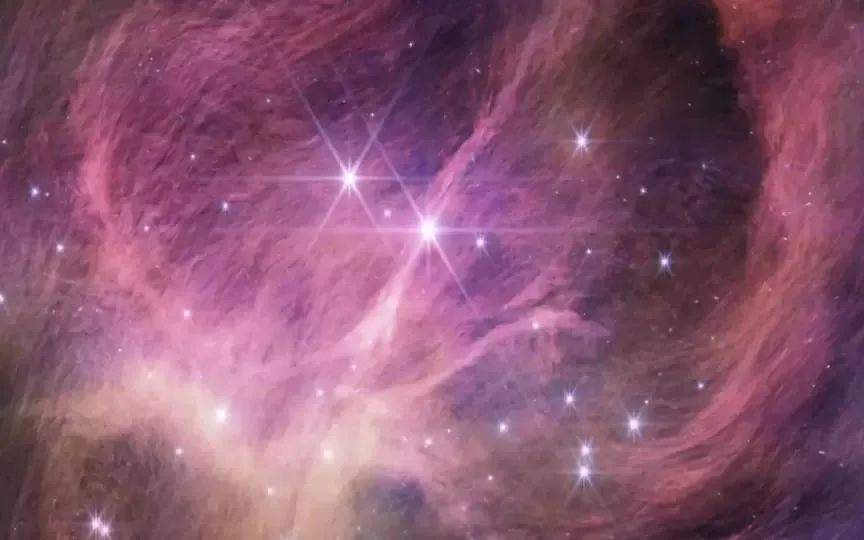Learn about the groundbreaking discovery of a record-breaking small Brown Dwarf by NASA’s James Webb Space Telescope
The James Webb Space Telescope, operated by NASA, has aided scientists in unraveling the enigmas of the cosmic realm, reaching a time period remarkably near the Big Bang. In a remarkable breakthrough, this telescope has now detected the tiniest known free-floating brown dwarf, shedding light on the formation of star-like objects. To learn more about this newly discovered brown dwarf, click here.
What are brown dwarfs?
As NASA explains, brown dwarfs are celestial bodies that straddle the boundary between stars and planets. They are born like stars. They grow dense enough and then they collapse under the influence of their own gravity. However, they never become dense and hot enough for hydrogen fusion and become a star.
Lead author Kevin Luhman and colleague Catarina Alves de Oliveira of Pennsylvania State University discovered this record-breaking brown dwarf in the young star cluster IC 348, located 1,000 light-years away in the Perseus star-forming region. Scientists used Webb’s advanced technology, specifically the NIRCam (Near-Infrared Camera), to identify brown dwarf candidates by their brightness and color, imaging the cluster’s center. They also used Webb’s NIRSpec (Near-Infrared Spectrograph) microshutter array to study the most promising targets.
The infrared sensitivity of the James Webb Telescope played a key role. It allowed NASA scientists to detect fainter objects compared to ground-based telescopes. The telescope’s sharp vision allowed the team to distinguish precise brown dwarfs and diffuse background galaxies among the red objects. During this process, three intriguing objects appeared, weighing between three and eight Jupiter masses and with surface temperatures ranging from 1,500 to 2,800 degrees Fahrenheit (830 to 1,500 degrees Celsius). Especially the smallest of them, whose weight according to computer models is three to four times compared to Jupiter
Small brown dwarfs not only provide insights into the star formation process, but can also help us understand exoplanets. The smallest brown dwarfs share similarities with the largest exoplanets, providing valuable clues. Unlike giant exoplanets, which are obscured by the glare of their host stars, free-floating brown dwarfs are easier to study.
Are these brown dwarfs or something else?
The nature of these objects, which lie comfortably in the mass range of the giant planets, raises the question of whether they are brown dwarfs or rogue planets ejected from planetary systems. While the possibility that they are ejected planets has not been completely ruled out, the prevailing argument suggests that they are brown dwarfs more likely.
In the future, there may be larger surveys capable of detecting fainter, smaller objects. The team’s initial research aimed to identify objects as small as twice the mass of Jupiter. Longer studies offer the opportunity to extend this reach to one Jupiter mass.
The James Webb Space Telescope is actively unraveling mysteries in our solar system, exploring distant worlds around other stars, and probing the enigmatic structures and origins of our universe. Led by NASA in cooperation with ESA (European Space Agency) and the Canadian Space Agency, the James Webb Space Telescope is a demonstration of international scientific cooperation.




